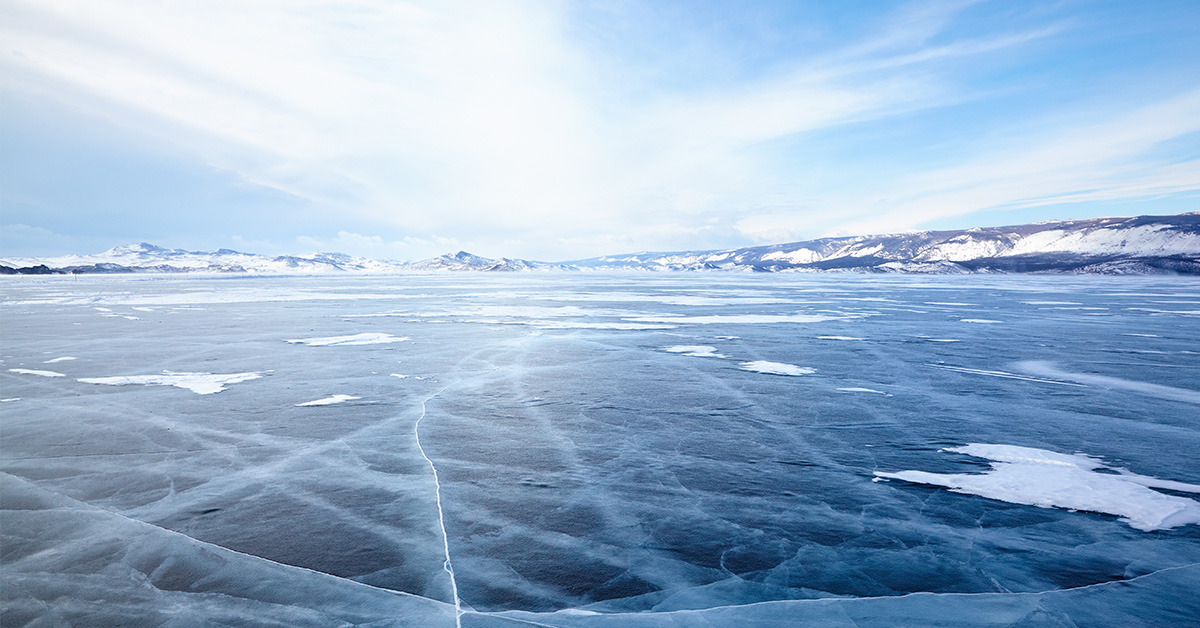Park It On the Ice

A Few Ice House Basics
Adding the RV into the ice fishing experience changes things. For one, you’re more likely to convince the wife and kids to come along. Here are a few basics for any ice fishing newbies.
NOT A LOT OF MANUFACTURERS MAKE THEM.
But we like the Forest River Grey Wolf, Yetti Outdoors Fish Houses, and Legend Outdoors. All mostly found up North, of course.
CALL IT WHAT YOU WANT. YOU GOT OPTIONS.
Some say ice house. Others say fish house. Or fish shanty, bobhouse, ice hut, fish coop, or darkhouse. Just pick what you like.
KEEPING THE WEIGHT LOW IS GOOD.
Because, you know, you’re parked on top of ice. Models typically come with a galley, bathroom, and something to sleep on.
YOU’LL NEED SOME SPECIAL GEAR.
Bring an ice auger to drill holes, an ice scoop to remove slush, a skimmer to remove ice chips, and an ice chisel to check ice density.
Source: https://iheartrving.com/editorial/camping-adventure/park-it-on-the-ice/

